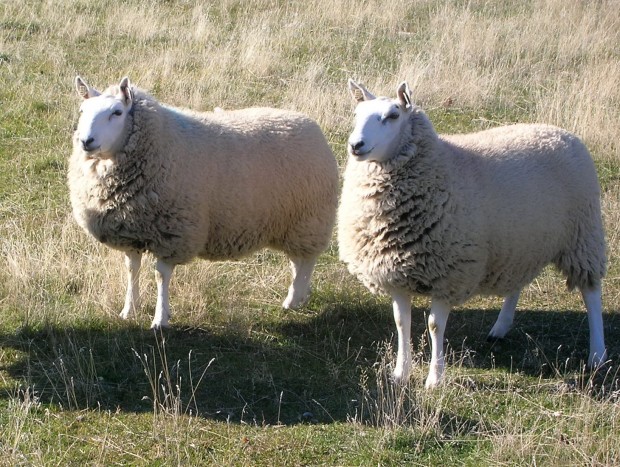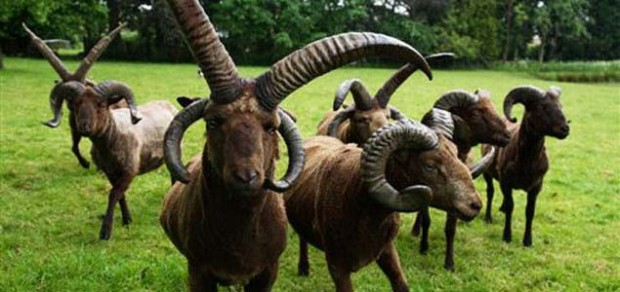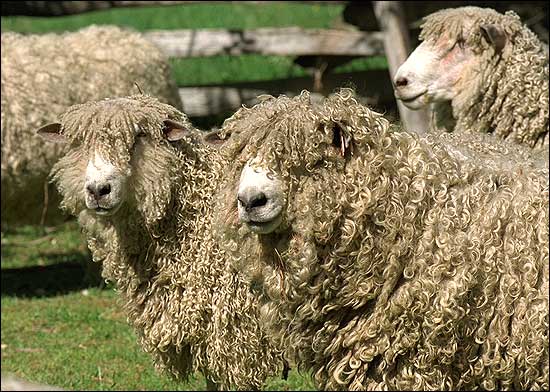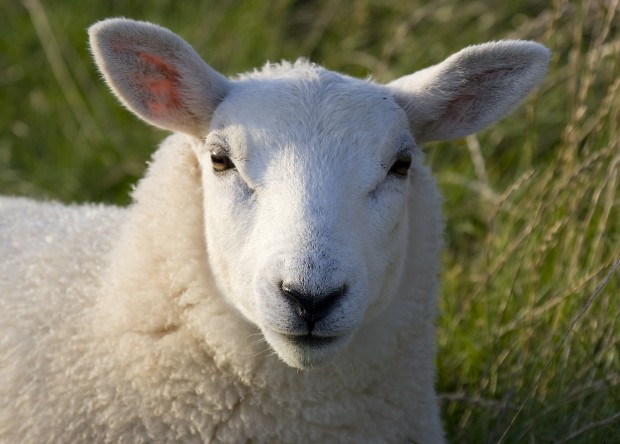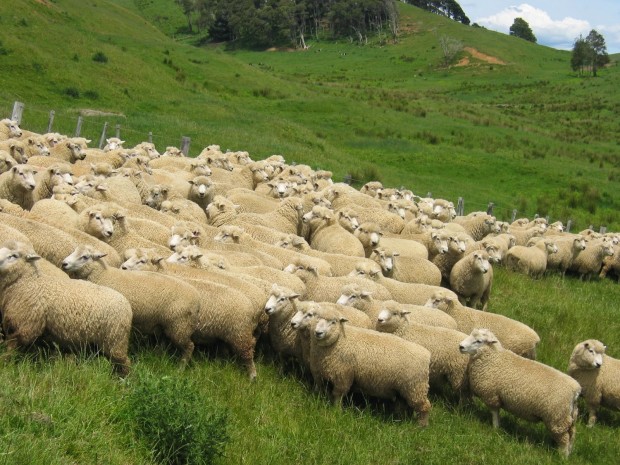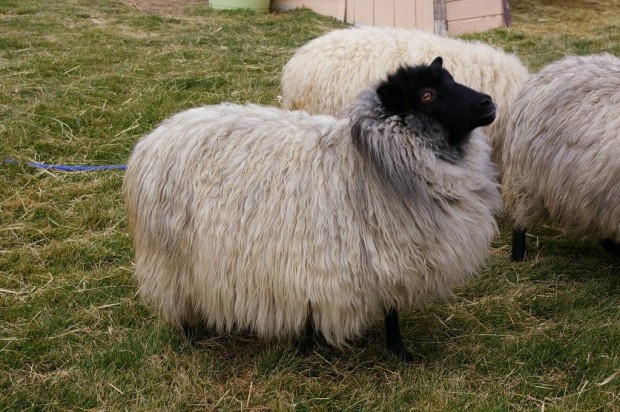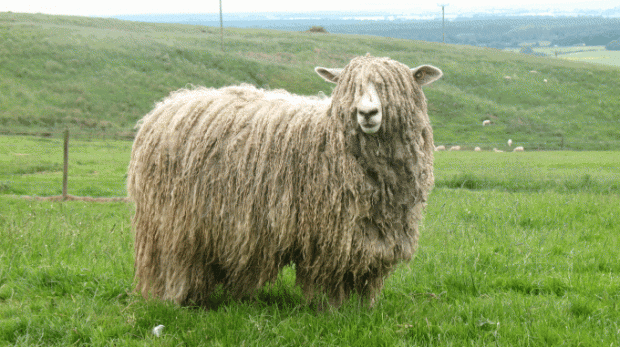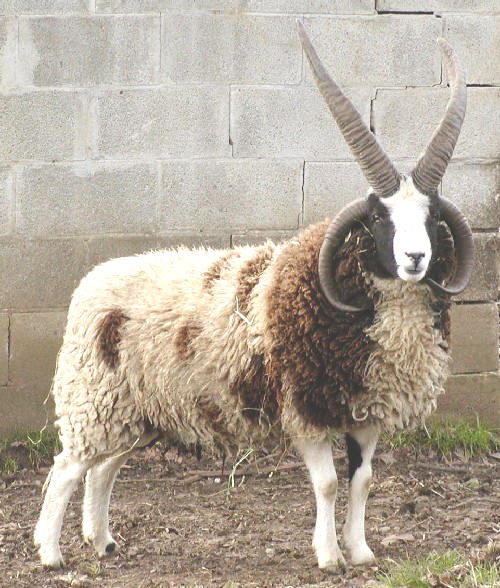 We have had quite a run of unseasonably cold weather the past week – night temperatures in the 20’s. The ornamental kales and cabbages that often persist without a blemish into December look wilted. I have reluctantly put away my tee shirts, and stacked up wool sweaters and fleeces in their place. The evergreens in my landscape have begun to change color. The winter color is a darker, or more bronze green. I can see that the winter and holiday container work will be more difficult than usual. I would work with any kind of soil rather than frozen soil. I am pleased our methods of construction have evolved such that only the final installation takes place in the field. Even so, our garage space is a chilly place now. I have traded sneakers for warm boots.
We have had quite a run of unseasonably cold weather the past week – night temperatures in the 20’s. The ornamental kales and cabbages that often persist without a blemish into December look wilted. I have reluctantly put away my tee shirts, and stacked up wool sweaters and fleeces in their place. The evergreens in my landscape have begun to change color. The winter color is a darker, or more bronze green. I can see that the winter and holiday container work will be more difficult than usual. I would work with any kind of soil rather than frozen soil. I am pleased our methods of construction have evolved such that only the final installation takes place in the field. Even so, our garage space is a chilly place now. I have traded sneakers for warm boots.
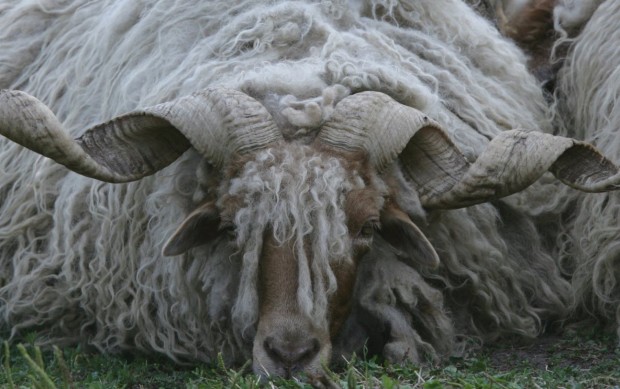 Nonetheless, there is much to look forward to. The garden going quiet means there will be time to reflect on the season just past. What not only worked, but worked peaceably. For instance, elements of garden design that contrast can be interesting. Elements of design that out and out fight with one another can make a space disquieting and uncomfortable. Simple landscapes where the relationships are subtly detailed and modest are liveable and restorative. High energy landscapes are certainly dramatic and exhilarating, but even the most devoted eye needs an occasional place to rest.
Nonetheless, there is much to look forward to. The garden going quiet means there will be time to reflect on the season just past. What not only worked, but worked peaceably. For instance, elements of garden design that contrast can be interesting. Elements of design that out and out fight with one another can make a space disquieting and uncomfortable. Simple landscapes where the relationships are subtly detailed and modest are liveable and restorative. High energy landscapes are certainly dramatic and exhilarating, but even the most devoted eye needs an occasional place to rest.
 I do value evergreens, as they can make a sleeping garden feel warmer, and more visually inviting in the winter months. They make a landscape feel substantial. Even though they have gone dormant too, the green is a sure reference to life. As for the leafless trees and shrubs, and the remains of the perennials, there is an opportunity there to appreciate the subtle textures and colors of bark. The landscape may be gray and brown, but there are infinite variations of those colors. The variation in the overall shapes of plants, and their appearance in winter weather is an invitation to appreciate the sculptural forms in nature.
I do value evergreens, as they can make a sleeping garden feel warmer, and more visually inviting in the winter months. They make a landscape feel substantial. Even though they have gone dormant too, the green is a sure reference to life. As for the leafless trees and shrubs, and the remains of the perennials, there is an opportunity there to appreciate the subtle textures and colors of bark. The landscape may be gray and brown, but there are infinite variations of those colors. The variation in the overall shapes of plants, and their appearance in winter weather is an invitation to appreciate the sculptural forms in nature.
 So warm and woolly is and will be the order of the day for months to come. But there’s no sense worrying about the months to come part. Only a few small bits and pieces of the landscape work remains-the weather turning has a lot to do with that. We have our winter and holiday containers and outdoor lighting season immediately ahead. This late season work makes it possible to enjoy the holidays and the winter season over a longer period of time than most. So why all of the pictures of the sheep today? The moment I start thinking winter and holiday, I think peaceable. As in the peaceable kingdom. Though the rams generally have horns, and some with multiple horns, a flock of sheep has a very peaceful aura about it. They are also an incredibly beautiful group of creatures. Though I am sure this American blackbelly sheep could be an adversary to be reckoned with, he has an affable and dignified expression.
So warm and woolly is and will be the order of the day for months to come. But there’s no sense worrying about the months to come part. Only a few small bits and pieces of the landscape work remains-the weather turning has a lot to do with that. We have our winter and holiday containers and outdoor lighting season immediately ahead. This late season work makes it possible to enjoy the holidays and the winter season over a longer period of time than most. So why all of the pictures of the sheep today? The moment I start thinking winter and holiday, I think peaceable. As in the peaceable kingdom. Though the rams generally have horns, and some with multiple horns, a flock of sheep has a very peaceful aura about it. They are also an incredibly beautiful group of creatures. Though I am sure this American blackbelly sheep could be an adversary to be reckoned with, he has an affable and dignified expression.
 From sheep101.com: There are more breeds of sheep than breeds of any other livestock species. Worldwide, there are more than one thousand distinct sheep breeds. There are more than 40 breeds in the United States alone. Sheep come in all different sizes, shapes, and colors. Their wool is prized for its warmth. This Valais blacknose sheep is native to Switzerland.
From sheep101.com: There are more breeds of sheep than breeds of any other livestock species. Worldwide, there are more than one thousand distinct sheep breeds. There are more than 40 breeds in the United States alone. Sheep come in all different sizes, shapes, and colors. Their wool is prized for its warmth. This Valais blacknose sheep is native to Switzerland.
 blue faced Leicester longwool sheep
blue faced Leicester longwool sheep
Cheviot sheep
sheep
So why all the loosely connected thoughts about landscape design, the peaceable kingdom, the holidays ahead, the garden season just past, and the beauty and diversity of nature? That is what a Sunday in November can do for a gardener.



